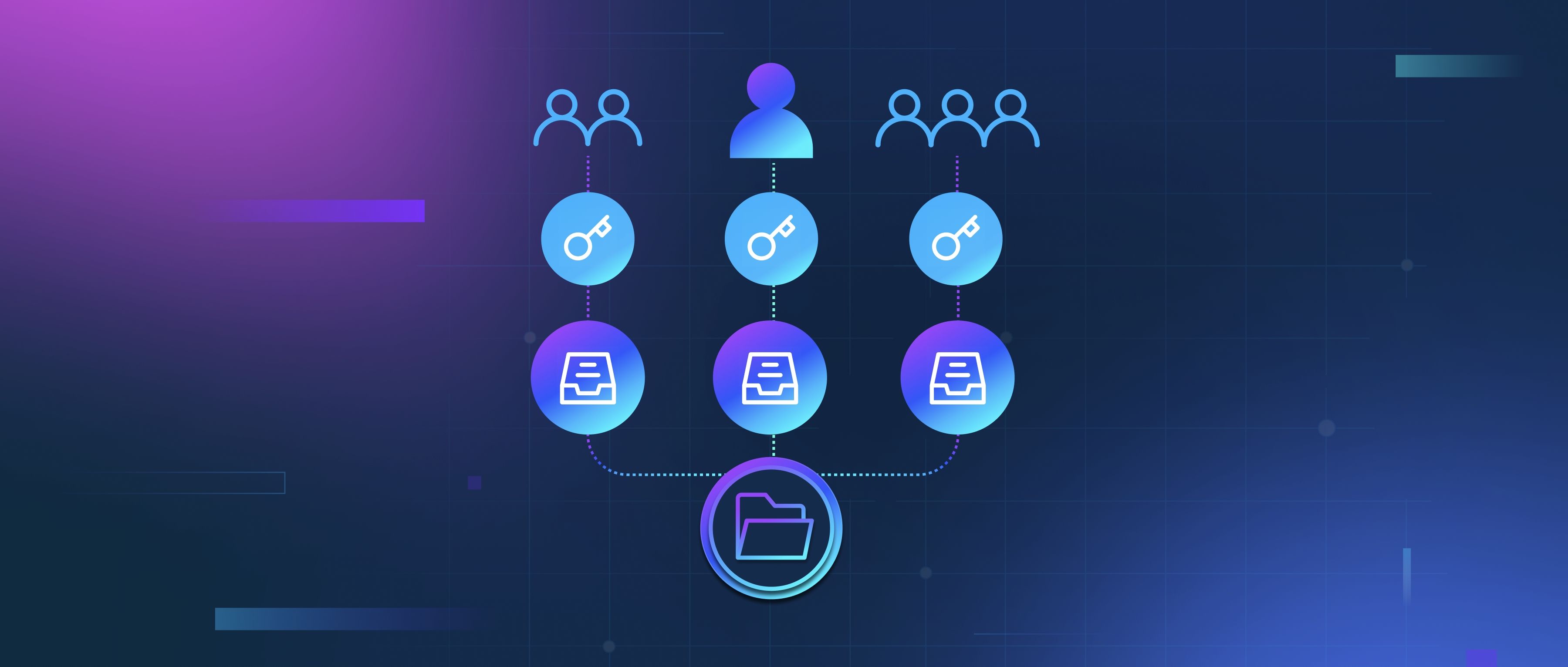Observability plays a crucial role in ensuring compliance with data protection regulations like GDPR (General Data Protection Regulation) and CCPA (California Consumer Privacy Act) by providing clear insights into data flows and processing activities. By monitoring how data is collected, stored, and accessed, organizations can better understand whether they adhere to the requirements of these regulations. For instance, observability tools allow developers to track user data in real-time, making it easier to identify sensitive information and ensure that personal data is being handled correctly throughout its lifecycle.
One key aspect of GDPR is the requirement for organizations to maintain a record of processing activities. Observability tools can automate the logging of data access and changes, helping teams to create detailed records of how personal data is used. For example, if a user requests their data to be deleted, observability can help trace where that data is stored across systems, ensuring that all instances of that data can be found and removed. This not only helps meet the regulation’s stipulations but also builds trust with users by demonstrating a commitment to data privacy.
Similarly, CCPA emphasizes transparency and user rights. Observability enables developers to capture and analyze user interactions, so they can easily provide users with information on what data is being collected and how it is used. For instance, using observability tools, an organization can track whether user consent is recorded properly and whether opt-out requests are fulfilled timely. This capability helps in maintaining compliance and allows developers to proactively address any potential issues, ensuring that the organization remains within legal boundaries while respecting user privacy rights.
